Beschreibung
Einleitung
Polly Pigs sind eine Art Pipeline -Schweine, die in der Pipeline -Industrie für verschiedene Wartungs- und Betriebsaufgaben häufig verwendet werden. Polly Pigs benannt nach ihrer Polyurethankonstruktion und sind so konzipiert, dass sie Pipelines für Zwecke wie Reinigung, Überprüfung von Schäden und Trennung verschiedener Produkte innerhalb der Pipeline entwickeln. Abhängig von ihrer Verwendung können sie unterschiedliche Formen haben, z. B. nackte, drahtgebundene Bürstenbeschichtete oder mit abrasiven Gurten ausgestattet. Ihre flexible und robuste Konstruktion macht sie für Pipelines unterschiedlicher Größen und Bedingungen geeignet. Infolgedessen sind Polly Pigs unverzichtbare Werkzeuge geworden, um die Effizienz, Sicherheit und Langlebigkeit von Pipeline -Systemen weltweit sicherzustellen.
Detaillierte Beschreibung von Polly Pigs
- Polly Pig -Eigenschaften: Größen, Materialien und Variabilität
Polly Pigs, benannt nach seinem Hauptgebauungsmaterial Polyurethan, ist eine Art Pipeline -Schwein, das in einer Vielzahl von Pipeline -Operationen weit verbreitet ist. Sie sind in einer Reihe von Größen erhältlich, um unterschiedliche Pipeline -Durchmesser von wenig bis ziemlich groß zu verarbeiten, und ihre Farben können je nach Hersteller oder der spezifischen Anwendung, für die sie gebaut werden, variieren. Die Dichte des Polyurethans, mit dem sie verwendet wurden, kann auch unterschiedlich sein. Schweine mit höherer Dichte werden für Aufgaben verwendet, die besser gereinigt oder besser versiegelt werden müssen. - Die ungewöhnliche Vielseitigkeit und Anpassungsfähigkeit von Polly Pigs im Pipeline -Betrieb
Polly Pigs zeichnen sich durch ihre Anpassungsfähigkeit aus. Sie können grundlegend und glatt sein, um einen leichten Wasch- und Trocknungsbetrieb zu erhalten, oder sie können mit zusätzlichen Komponenten wie Drahtbürsten oder abrasiven Gurten für intensivere Reinigungsbedürfnisse ausgestattet werden. Sie sind flexibler als andere Schweinesorten und können leicht Kurven und Variationen des Rohrleitungsdurchmessers navigieren. - Polly Pigs vs. Skeletal Cleaning Pigs: Ein Vergleich
Skelettreinigungsschweine, eine weitere häufige Art von Rohrleitungsschwein, haben häufig einen Stahlkörperrahmen und austauschbare Bürsten oder Schaber. Sie werden häufig für intensivere Reinigungsaktivitäten verwendet, wenn große Ablagerungen aus Pipeline -Wänden entfernt werden müssen. Da sie jedoch aus Stahl bestehen, sind sie möglicherweise nicht so flexibel wie Polly Pigs und sind möglicherweise weniger für Pipelines mit engen Biegungen oder Variationen des beträchtlichen Durchmessers geeignet. Die Entscheidung zwischen Polly Pigs und Skeletal Cleaning Pigs wird häufig durch die spezifischen Anforderungen des Pipeline -Vorgangs bestimmt.
Warum Polyurethan als Material wählen?
Polyurethan, das primäre Material, das bei der Konstruktion von Polly Pigs verwendet wird, hat mehrere Vorteile. Seine robuste Natur ermöglicht es ihm, den harten Bedingungen innerhalb von Pipelines, einschließlich hoher Drücke, unterschiedlichen Temperaturen und ätzenden Substanzen, standzuhalten, um sicherzustellen, dass das Schwein während seiner gesamten Reise haltbar und gegen Verschleiß beständig ist. Die inhärente Flexibilität von Tpolyurethan ist für ein Gerät von entscheidender Bedeutung, das durch Rohrleitungen mit unterschiedlichen Durchmessern, Biegungen und Kurven durchqueren muss, sodass das Schwein einen konsistenten Kontakt mit den Rohrleitungswänden für eine effektive Reinigung, Inspektion oder Trennungsaktivitäten aufbewahrt. Darüber hinaus ermöglicht die Vielseitigkeit von Polyurethan die Schaffung von Schweinen mit unterschiedlichem Graden an Härte, der eine breite Palette von Anwendungen von leichter Reinigung oder Trocknen bis hin zu aggressiveren Reinigungs- oder Schablonenaufgaben ist. Darüber hinaus ist Polyurethan ein relativ billiges Material, was es zu einer wirtschaftlichen Lösung für die Herstellung von Einwegschweinen macht, die nach der Verwendung nicht abgerufen werden. Polyurethan ist ein geeignetes Material für Pipeline-Schweine aufgrund seiner Kombination aus Haltbarkeit, Elastizität, Vielseitigkeit und Kosteneffizienz.
Grundparameter
| Name | Polly Schaumschweinchen |
| Leistung | 1. Das Innenraum ist mit Polyurethan geschäumt. Eine Polyurethan -Elastomerbeschichtung wird auf die Oberfläche aufgetragen. |
| 2. Es ist flexibel und hat Verschleißfestigkeit. | |
| 3. Der Verformungsgrad kann 50 % erreichen, was dem am häufigsten verwendeten Schaummolch entspricht. | |
| 4. Es wird in Rohrwäsche, Entkalierung und Flüssigkeitsisolation verwendet. | |
| Technische Parameter | Starrendruck: 0,02 MPa |
| Dichte: 35 kg/m³-220 kg/m³ | |
| Mit Druck: 7 MPa | |
| Kompressionsverhältnis: 50 | |
| Abnutzungsrate: 2 mm/100 km | |
| Betriebstemperatur: -30 ° C bis +100 ° C | |
| Dehnungsrate: 320 % | |
| Flex-Leben: 50.000 Mal | |
| Betriebsabstand: 100 km bis 300 km |
Häufig gestellte Fragen
1. Wie werden Polly Pigs in Pipelines eingeführt und abgerufen?
Polly Pigs werden durch einen Launcher in Pipelines eingeführt, ein spezielles Gerät, das das sichere und effiziente Einfügen des Schweins in die Pipeline ermöglicht. Das Schwein wird durch den Produktfluss oder durch eine separate Antriebsflüssigkeit durch die Pipeline angetrieben. Sobald das Polly Pig seine Reise durch die Pipeline abgeschlossen hat, wird es über einen Empfänger abgerufen, ein weiteres Gerät, das das Schwein sicher und effizient aus der Pipeline entfernen soll.
2. Können Polly Pigs in allen Arten von Pipelines verwendet werden?
Polly Pigs sind sehr vielseitig und können in einer Vielzahl von Pipelines verwendet werden. Die genaue Eignung hängt jedoch von Faktoren wie dem Durchmesser der Pipeline, dem Vorhandensein von Biegungen und Kurven, der zu transportierenden Substanz und der jeweiligen Aufgabe ab. Zum Beispiel werden Polly -Schweine häufig in Öl- und Gasleitungen für Reinigungs- und Inspektionsaufgaben verwendet, sind jedoch möglicherweise nicht für Rohrleitungen mit extrem kleinen Durchmessern oder solchen geeignet, die bestimmte Arten von korrosiven Substanzen transportieren.
3. Was bestimmt die Größe und Art eines Polly -Schweins, der in einer bestimmten Operation verwendet wird?
Die Größe und Art eines Polly -Schweins, der für einen bestimmten Vorgang ausgewählt wurde, werden durch mehrere Faktoren bestimmt. Die Größe des Schweins wird größtenteils durch den Innendurchmesser der Pipeline bestimmt, das es durchquert. Der Typ hängt von der vorliegenden Aufgabe ab. Zum Beispiel kann ein nacktes Polly -Schwein für einfache Reinigungs- oder Trocknungsaufgaben verwendet werden, während ein Polly -Schwein, das mit abrasiven Gurten oder Drahtbürsten ausgestattet ist, für intensivere Reinigungs- oder Schablonenaufgaben verwendet werden kann.
4. Wie tragen Polly Pigs zur Sicherheit und Effizienz von Pipeline bei?
Polly Pigs spielen eine entscheidende Rolle bei der Aufrechterhaltung der Sicherheit und Effizienz von Pipeline -Operationen. Sie helfen bei der Reinigung von Pipelines, indem sie Ablagerungen und Ansammlungen entfernen und möglicherweise Blockaden verursachen oder die Effizienz des Produktflusses verringern. Sie spielen auch eine Rolle bei Pipeline -Inspektionen und tragen dazu bei, Lecks, Risse oder andere Formen von Schäden zu erkennen, die Sicherheitsrisiken darstellen könnten. Durch die Ausführung dieser Aufgaben tragen Polly Pigs zur routinemäßigen Wartung und Überwachung von Pipelines bei, wodurch die betriebliche Effizienz und Sicherheit verbessert wird.
5. Was sind die Einschränkungen oder potenziellen Risiken der Verwendung von Polly Pigs?
Während Polly Pigs sehr nützlich sind, haben sie bestimmte Einschränkungen. Zum Beispiel sind sie möglicherweise nicht für Pipelines mit vielen scharfen Biegungen oder Durchmesseränderungen geeignet, da sie stecken bleiben oder den Kontakt mit den Pipeline -Wänden nicht aufrechterhalten können. Wenn nicht ordnungsgemäß überwacht wird, besteht ein Risiko, dass ein Polly -Schwein in der Pipeline stecken kann, was zu einer Blockade führt. Während Polly Pigs dazu beitragen können, einige Formen von Pipeline -Schäden zu erkennen, können sie nicht in der Lage sein, alle Arten von Mängel oder Problemen zu identifizieren, daher sollten sie Teil einer umfassenden Pipeline -Inspektions- und Wartungsstrategie sein, nicht der alleinigen Komponente.
Schlussfolgerung
Polly Pigs sind aufgrund ihrer Polyurethankonstruktion und ihrer Anpassungsfähigkeit zu einem wesentlichen Instrument in der Pipeline -Industrie geworden und haben zu Wartung, Sicherheit und Effizienz beigetragen. Sie können eine Vielzahl von Pipeline -Bedingungen effektiv navigieren und Aufgaben von der Reinigung bis zur Inspektion ausführen. Ihre Verwendung muss jedoch auf die Einzelheiten der Pipeline und der Aufgabe zugeschnitten sein, und sie sollten nicht die einzige Komponente einer umfassenden Pipeline -Inspektions- und Wartungsstrategie sein.
Trotz ihrer Vielseitigkeit sind Polly Pigs mit bestimmten potenziellen Risiken und Einschränkungen ausgestattet, z. B. in der Pipeline stecken oder bestimmte Arten von Defekten fehlen. Daher sollte ihre Verwendung von sorgfältigen Planung, Überwachung und ergänzenden Inspektionsmethoden begleitet werden. Bei angemessener Verwendung spielen Polly Pigs weiterhin eine wichtige Rolle bei der Aufrechterhaltung der globalen Energieinfrastruktur, auf die wir alle angewiesen sind.

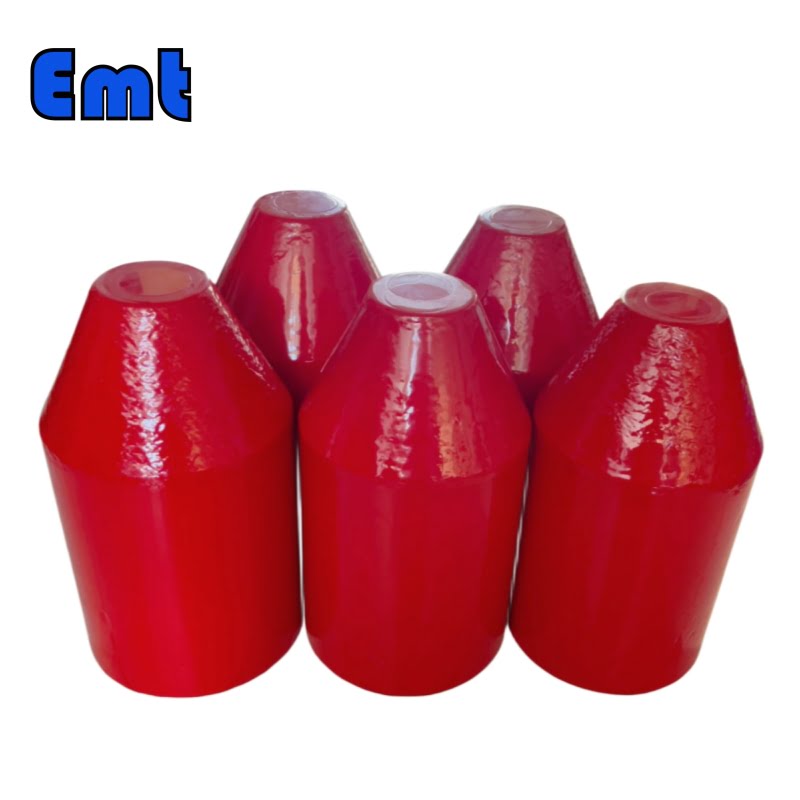
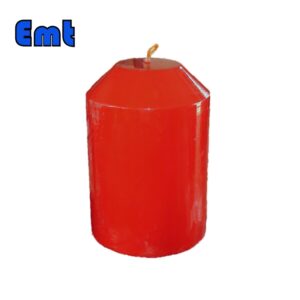
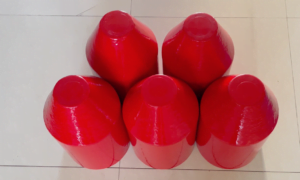
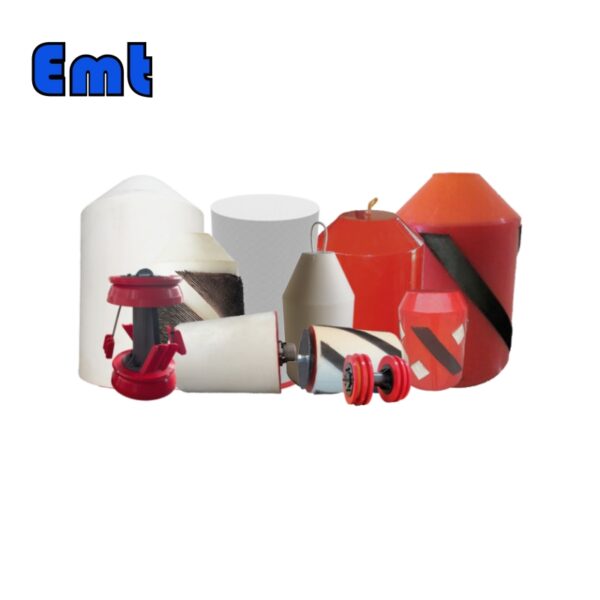
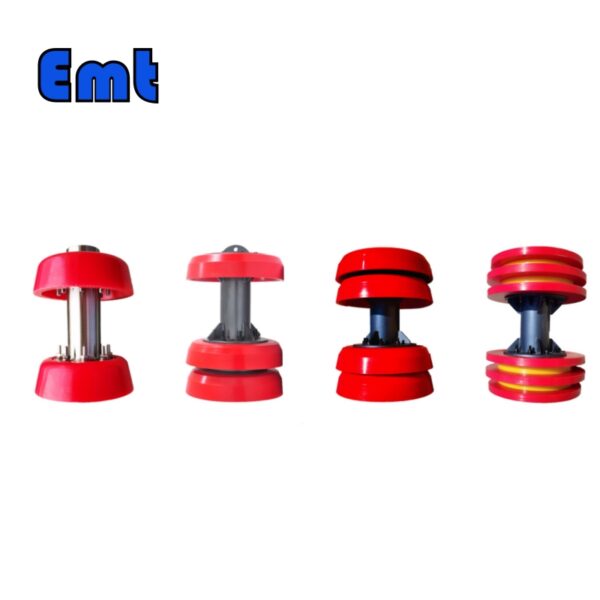
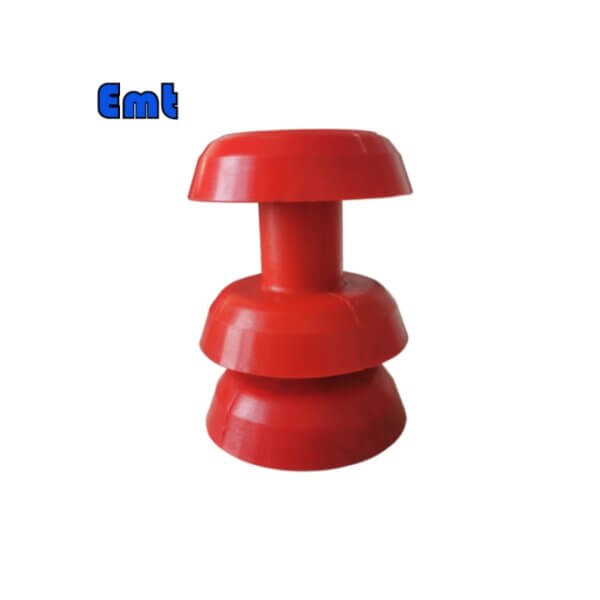
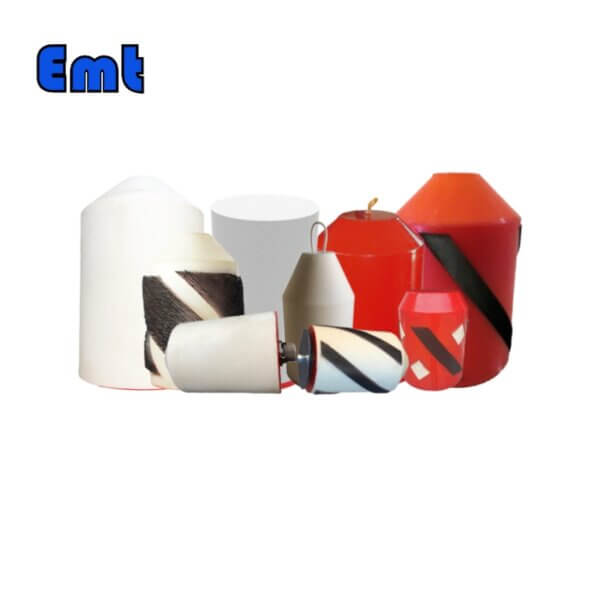
Rezensionen
Es gibt noch keine Bewertungen.